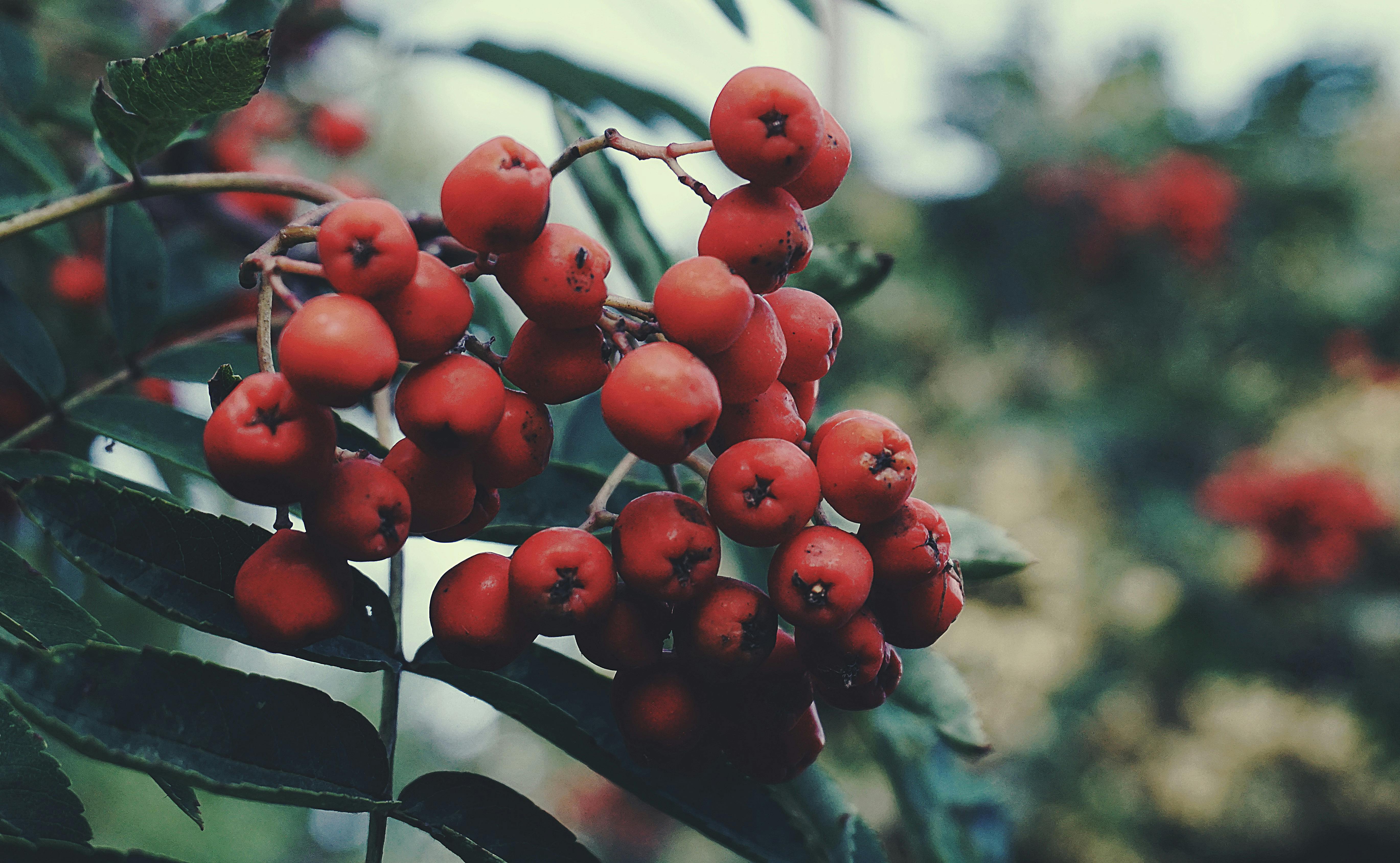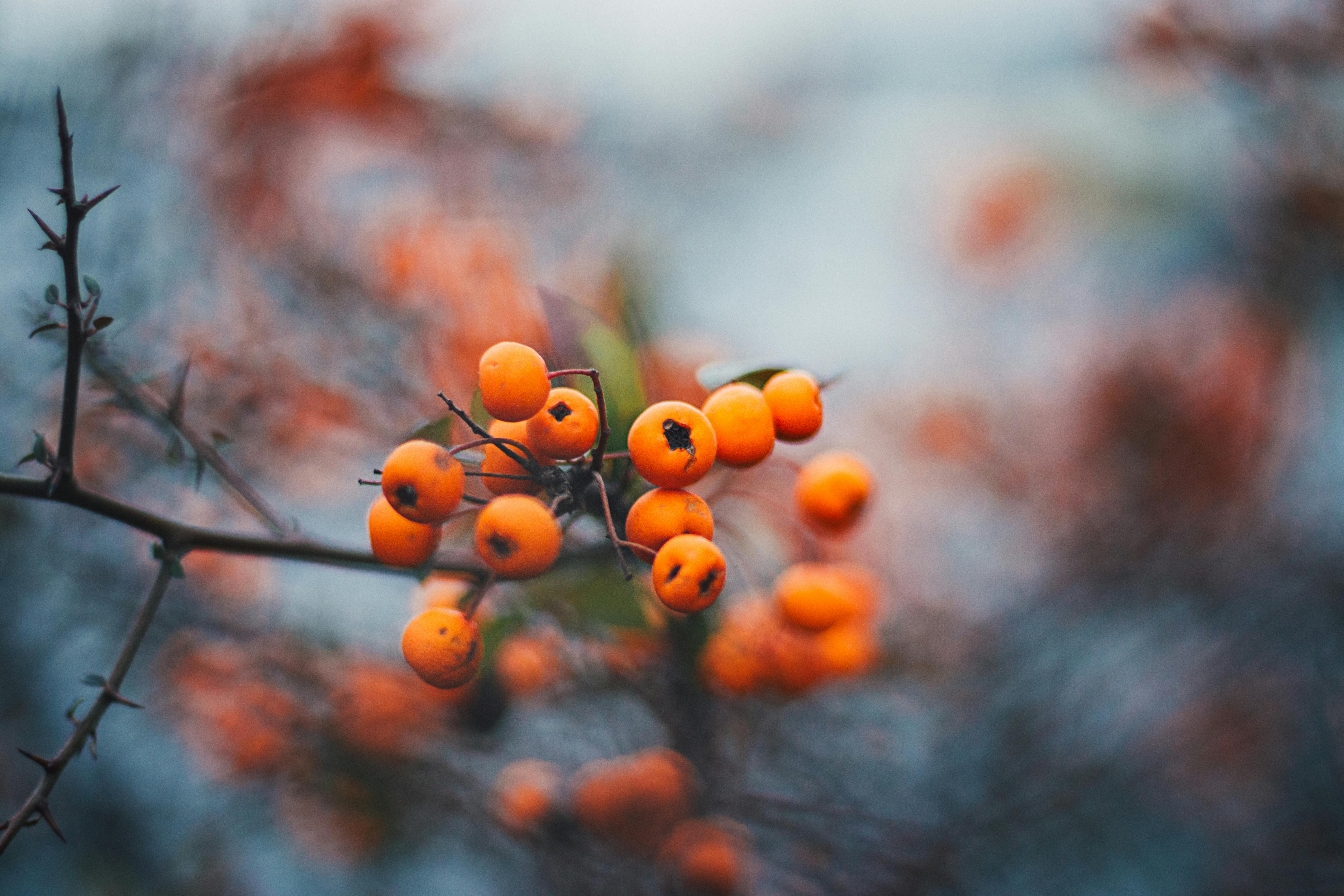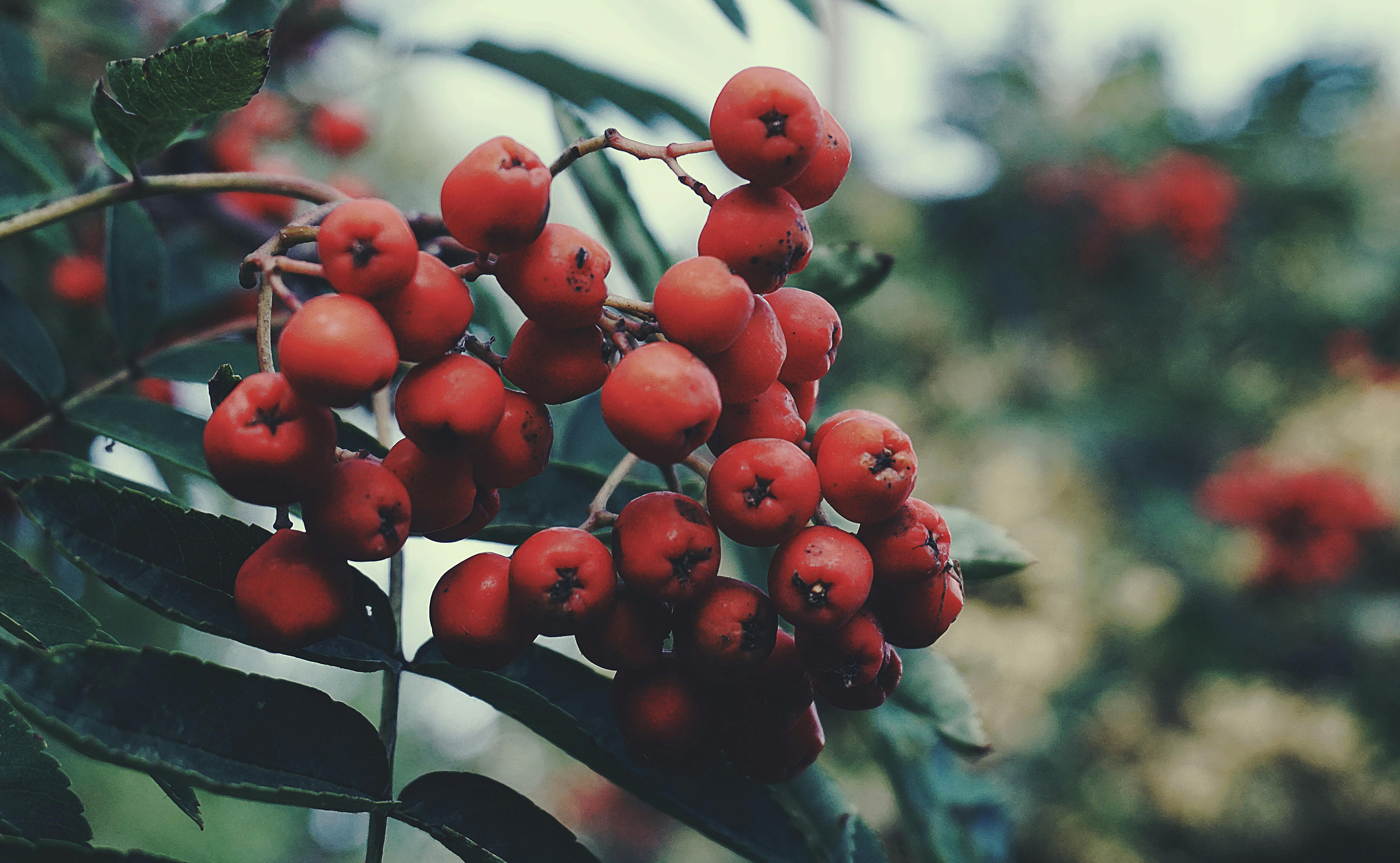Fall is an ideal time to plant fruit trees, as cooler temperatures and more consistent moisture create the perfect conditions for successful establishment. Planting in the fall can provide several advantages over spring planting, such as more vigorous root growth and less stress on the tree. Additionally, since most fruit trees are dormant during the winter months, you won’t have to worry about protecting tender new leaves or flowers from frost or cold temperatures. With proper preparation and care, you can successfully plant fruit trees in the fall and enjoy a bountiful harvest in the years to come.The benefits of planting fruit trees in the fall are numerous. Planting in the fall allows trees to establish themselves before the hot summer months arrive, preventing them from becoming stressed out by the heat. Additionally, the cooler temperatures can help with root development, enabling trees to become more established and produce larger quantities of fruit by the following year. Furthermore, fall planting also allows a tree to become accustomed to its new environment before it has to face extreme weather conditions such as heavy frost or snow. Finally, planting in the fall gives trees a head start on growth for next season and can help ensure a healthy and bountiful harvest.
Fall Planting
Fall is a great time to plant fruit trees in most climates. Trees planted during the autumn months will enjoy a cooler climate and longer growing season, allowing them to become established and healthy during their first year in the ground. The variety of fruit trees that can be planted in the fall depends on your climate and soil type.
Apple Trees
One of the most popular fruit trees that can be planted in the fall is an apple tree. Apple trees are relatively hardy and can withstand colder temperatures than many other types of fruit trees. Apple trees require well-drained soil and plenty of sunlight, so it’s important to choose a spot with these conditions before planting. Look for apple tree varieties that are adapted to your local climate for best results.
Cherry Trees
Cherry trees are another good choice for fall planting. Cherry trees require full sun and well-drained soil, so choose a spot with these conditions before planting. Sweet cherry varieties like Bing cherries, Rainier cherries, or Black Tartarian cherries are all suitable for fall planting in most climates. Sour cherry varieties are also available and may require less pruning than sweet cherry varieties if grown in colder climates.
Pear Trees
Pear trees make another excellent choice for fall planting. Pear varieties like Bartlett pears, Bosc pears, or Anjou pears are all suitable for planting in autumn months in most climates. Pear trees require well-drained soil and full sun to thrive, so choose a spot with these conditions before planting your pear tree.
Plum Trees
Plum trees can also be planted during the autumn months in many climates. Plum varieties like Stanley plums or Santa Rosa plums should do well when planted during the fall season in most areas of the country. Plum trees require full sun and well-drained soil to thrive, so choose a spot with these conditions before planting your plum tree.
In addition to these four types of fruit trees, many other types of fruit trees can also be planted during autumn months depending on your local climate and soil type. For best results, consult with a local nursery or extension office for advice on which types of fruit trees will do best when planted during the fall season in your area.
How to Plant Fruit Trees in the Fall
Planting fruit trees in the fall is an ideal way to start a garden. The cooler weather and longer days make for optimal growth and development of your new trees. Plus, you can enjoy watching them grow throughout the winter months. Here are some tips on how to plant fruit trees in the fall so you can reap the rewards of your labor come springtime.
Start by choosing a location for your tree that gets plenty of sun. Fruit trees need around eight hours of direct sunlight a day to thrive, so make sure your planting spot is in an area that gets plenty of sunshine during the day.
It’s also important to consider soil type when planting fruit trees. If possible, choose a spot with loamy or sandy soil, as these soils tend to be more nutrient-rich and drain well, which is beneficial for fruit tree growth.
Once you’ve picked out your site and prepped the soil, it’s time to plant your tree! Start by digging a hole twice as deep and wide as your tree’s root ball (the mass of roots attached to the base of the trunk). Then place the tree into the hole so it sits at roughly the same depth as it was in its original container or nursery pot. If you’re planting multiple trees, be sure to space them far enough apart so they have room to grow without overcrowding one another.
After placing your tree into its hole, backfill with soil until it reaches ground level again and water thoroughly after planting. To help preserve moisture levels in dry conditions, add a layer of mulch around the base of your newly planted tree after watering is complete.
Finally, don’t forget to give your new fruit trees regular care throughout their first year in their new home! Water regularly during dry periods and prune any dead or damaged limbs from time to time so they can continue growing strong and healthy all year round.
With a little bit of knowledge and proper care, you’ll soon be reaping all kinds of delicious fruits from your very own backyard!
When Is the Best Time to Plant Fruit Trees in the Fall?
Fall is the ideal season for planting fruit trees, as it gives them plenty of time to establish their root systems before winter arrives. Planting fruit trees in the fall also helps ensure that they will be ready to bear fruit in the spring. The best time to plant fruit trees in the fall is between late August and early October—after your area’s last expected frost date. This allows your tree enough time to become established before the winter cold arrives.
When selecting a fruit tree, it is important to take into account your climate and soil type. Different varieties of fruit trees have different requirements for temperature, soil moisture levels, and sunlight exposure. Once you have selected a variety that is suitable for your climate and soil type, you can begin preparing the area where you will be planting your tree.
The most important part of planting a fruit tree in the fall is making sure that it gets off to a good start by providing it with well-drained soil and plenty of organic matter such as compost or manure. Dig a hole twice as wide and just as deep as the root ball of the tree. Add some organic matter to the loosened soil before adding back enough soil so that when you place the tree in its new home, it will be at ground level. Once planted, firm down around your new tree with your hands or feet to eliminate any air pockets around its roots.
Water your newly planted tree thoroughly after planting and then keep an eye on its moisture levels throughout its first year of growth. If there are extended periods without rain during this period, supplement with additional watering sessions using a soaker hose or watering can. Mulch around your tree with straw or wood chips to help retain moisture while keeping weeds at bay.
Planting fruit trees in the fall ensures they have plenty of time to establish their root systems before winter arrives so they are ready for growth when warmer temperatures return in springtime. Take into consideration variables such as climate, soil type, and frost dates when selecting a variety of fruit tree for planting this fall season!
Preparing the Site for Planting Fruit Trees in the Fall
Fall is an ideal time to plant fruit trees, as the soil is still warm and there is less competition from weeds and other plants. However, before planting, there are several steps that should be taken to ensure the best possible results. First, it is important to select a suitable site for planting. The area should get at least six hours of direct sunlight per day, and it should have well-drained soil with a pH level between 6.0 and 7.0. Additionally, it should be located away from any sources of air pollution or strong winds that could damage young trees.
Next, it is important to prepare the soil for planting. The area should be cleared of any debris or weeds, and the soil should be loosened with a shovel or rototiller to a depth of 12-18 inches. This will allow roots to penetrate deeply into the soil and promote healthy growth. Additionally, organic material such as compost or manure can be added to improve drainage and nutrient availability for the tree’s roots.
Finally, it is important to select a variety of tree that will thrive in the local environment. Different varieties may require different levels of sunlight or water depending on their native habitat, so it is important to research which type of tree will do best in your location before making a purchase. By following these steps before planting fruit trees in the fall, you can ensure that your new trees will thrive in their new home!

How to Care for Fruit Trees Planted in the Fall
Fall is an ideal time to plant fruit trees, as the soil is still warm and the tree has enough time to become established before winter arrives. If you have recently planted a fruit tree, there are some important steps you need to take in order to ensure that it survives and thrives. By following a few simple guidelines, you can make sure your newly-planted fruit tree lives a long and healthy life.
The first step is to make sure that your fruit tree is getting enough water. Newly planted trees need more water than established trees, so be sure to check your soil regularly. Ideally, you should water your tree once a week during the first year of growth. In order for the roots to get enough water, make sure that the soil around the base of the tree is moist but not soggy.
The second step is to fertilize your fruit tree in late fall or early spring. Fertilizer helps promote healthy growth and will encourage larger fruit yields. When choosing a fertilizer for your tree, look for one that contains nitrogen, phosphorus, and potassium. These three elements will help promote strong root development and lush foliage growth.
Thirdly, prune your fruit tree at least once a year in late winter or early spring. Pruning helps maintain the shape of the tree and encourages new growth. When pruning your fruit tree, be sure to remove any dead or diseased branches as well as any shoots that are growing too close together or towards other branches of the same tree. Doing this will help keep your tree healthy and productive for many years to come.
Finally, it’s important to protect your newly-planted fruit trees from pests and diseases by using organic pest control methods such as insecticidal soap or horticultural oil sprays if necessary. You should also inspect your trees regularly for signs of disease such as spots on leaves or discoloration on branches which could indicate a fungal disease such as powdery mildew or apple scab. Taking these steps can ensure that your newly planted fruit trees get off to a great start in their new home!
What Soil Is Best for Planting Fruit Trees in the Fall?
Fall is the best time to plant fruit trees as the soil temperatures are cooler, and the roots of the tree have plenty of time to get established before spring. It’s important to choose a soil that will provide good drainage and enough nutrients for the tree to thrive. The best type of soil for planting fruit trees is loamy soil that is high in organic matter. Loam soils contain a balance of sand, silt, and clay particles, which allows them to retain moisture and essential nutrients while still allowing for good drainage. The organic matter in loam soils helps create a rich environment for beneficial bacteria and fungi which help break down organic material into readily available forms for plant use. If your soil does not meet these requirements, you can amend it with organic matter such as compost or well-rotted manure. This will help improve its structure and nutrient content so that it can better support your fruit trees.
When planting fruit trees, it is also important to consider the pH level of your soil. Most fruiting plants prefer slightly acidic soils with pH levels between 5.5 and 7.0. If your soil has a pH greater than 7.0, you may need to add sulfur or other materials to lower its alkalinity level before planting your fruit tree. You can also use fertilizer specifically designed for fruiting plants to give them an extra boost as they become established in their new environment.
Fertilizers and Supplements for Planting Fruit Trees in the Fall
Planting fruit trees in fall is a great way to ensure their success, and the right fertilizers and supplements can help make sure your tree is healthy and productive. In general, any fertilizer or supplement used should be tailored to the specific type of tree you are planting. It is also important to apply fertilizer or supplement at the time of planting, as well as at regular intervals throughout the year.
To get the best results, use a slow-release organic fertilizer that is specifically designed for fruit trees. This type of fertilizer will provide long-term nutrition for your tree without having to be reapplied every few weeks. You may also want to consider using a soil test kit before planting your fruit trees so you can determine exactly what nutrients your soil needs. This will help you choose an appropriate fertilizer for your specific soil conditions.
In addition to organic fertilizers, there are several other supplements that can be added when planting fruit trees in the fall. For example, calcium supplements can help promote healthy root growth and strengthen cell walls. Magnesium sulfate helps to enhance fruit size and quality while potassium chloride helps increase disease resistance. Adding these supplements at planting time can give your trees an extra boost of nutrition for a strong start.
Finally, it’s important to remember that adding too much fertilizer or supplement can damage a tree’s health, so always follow the instructions on each product carefully before applying it around your fruit tree. With the right combination of fertilizers and supplements, you’ll be on your way to growing a beautiful and bountiful harvest in no time!

Conclusion
In conclusion, planting fruit trees in the fall can be a great way to take advantage of the cooler temperatures and abundant rainfall. It is important to do your research beforehand to make sure the tree you select is best suited for your climate and soil. Planting early in the fall season will give the tree the best chance for a successful harvest next year.
For those who live in areas that experience cold winters, you may want to wait until spring before planting your fruit trees. Taking these steps now will help ensure that your fruit trees are healthy and productive for many years to come.



